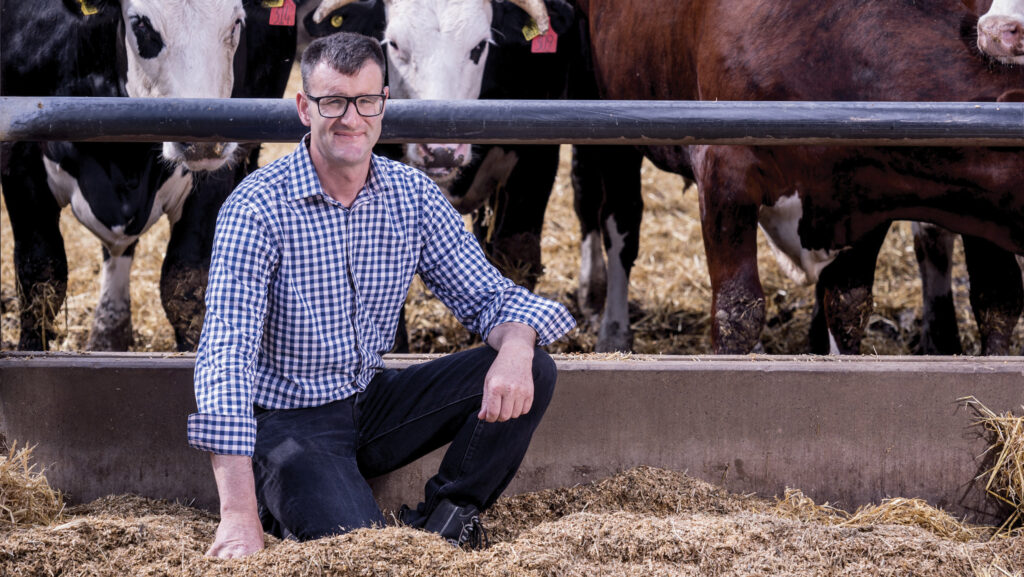Farmer Focus: My proposal for the internal drainage board
 Doug Dear © Jim Varney
Doug Dear © Jim Varney Our land is relatively dry as harvest approaches. A few cracks and fissures are appearing on the strong land.
The combine operator is going to be sitting pretty on suspended tracks, but the poor old baler driver is going to need a crash helmet and a box full of pick-up reel tines.
Over the past month, our in-house silage gang has layered first-cut into the clamp, which was straight red clover, and then second cut, ready to feed out when the new store cattle come in.
See also: Video: Three growers reveal impact of rain and plans for the spring
It’s amazing what you can do with the mighty Mengele chopper and plenty of staff. We can go at our own pace, and not worry if other priorities arise and we get pulled into other jobs.
Our new feedlot shed is nearing completion. We’re just waiting for the home-designed feed barriers and dividing gates to come back from the galvanisers.
It has been an absolute pleasure working with agricultural contractor Jeremy Waudby. It wasn’t a straightforward shed build, with a lot of shuffling cattle and piecemeal erection. But things are now progressing well.
I may have a penchant for red tractors but I’m not overly keen on red politics. If Steve Reed, who I have met, thinks he’s going to up domestic food production while building 1.5m houses on green belt, he can dream on.
Hugely productive farmland has now become very marginal in this area due to the lack of investment and maintenance in infrastructure. I have endless conversations with our internal drainage board and the Environment Agency about the state of our watercourses.
All we end up doing is spending what little capital we have allocated to us on another meaningless survey to tell us what we already know.
The state of the Derwent, Foulness, and Don rivers (to name just a few) means we never get enough freeboard to dry the land out before the next flood event. How do we farm unfarmable land?
Farmers are willing and able. They have most of the kit to sort the mess out. However, guidance will be needed, as we don’t want to face criminal charges if we get it wrong.

